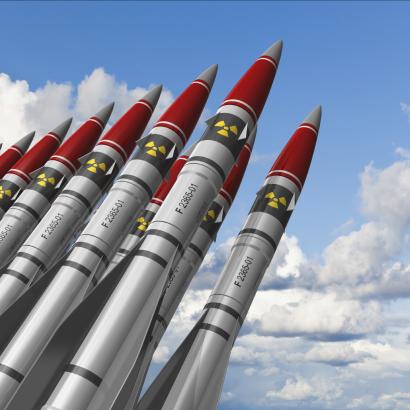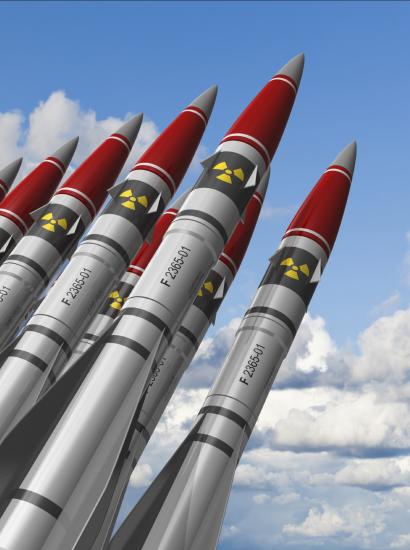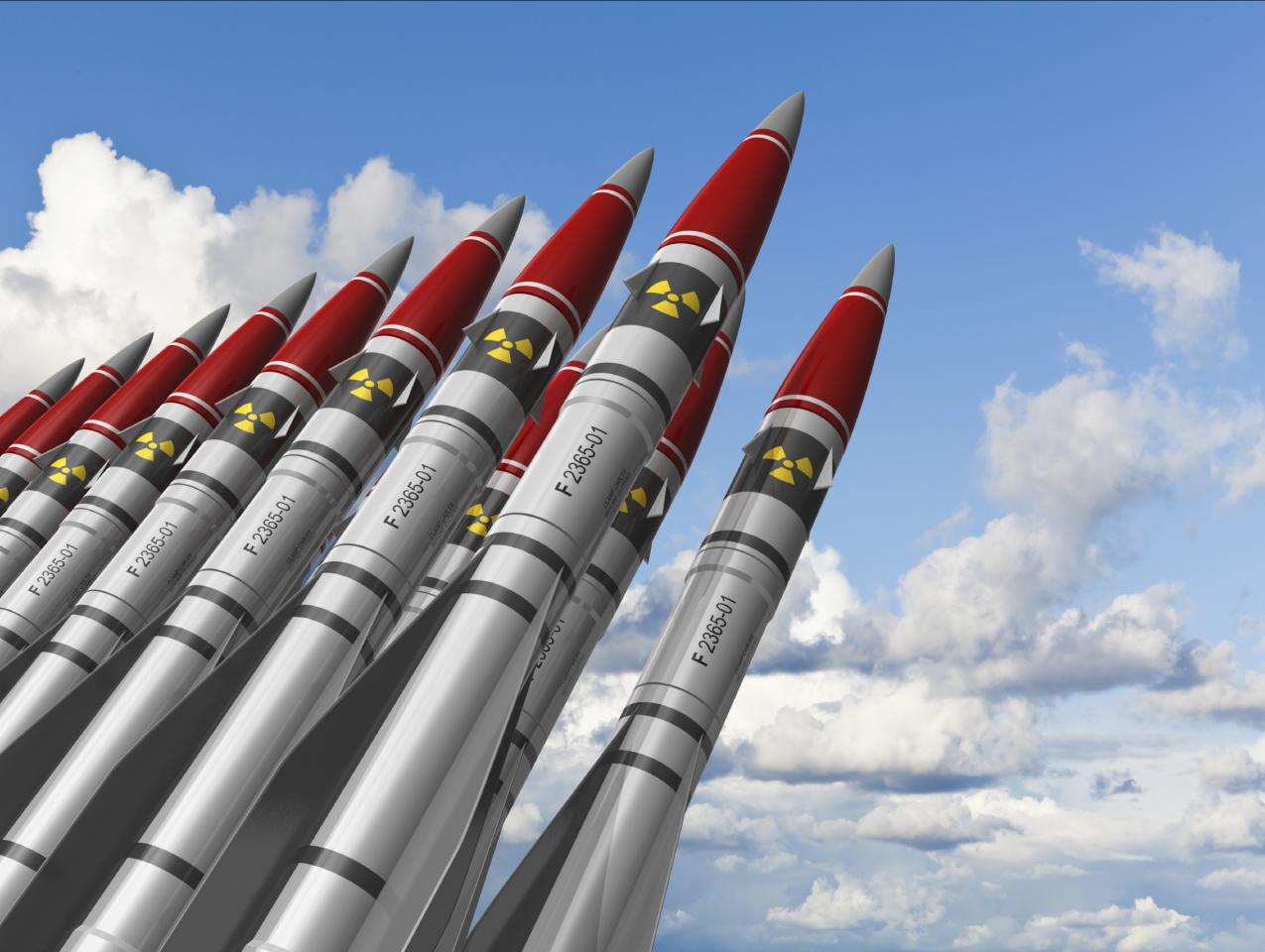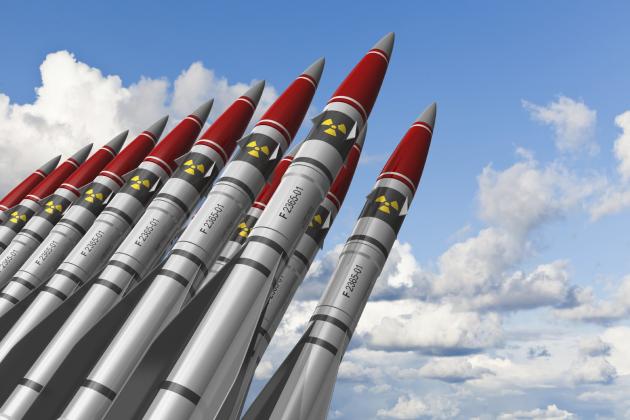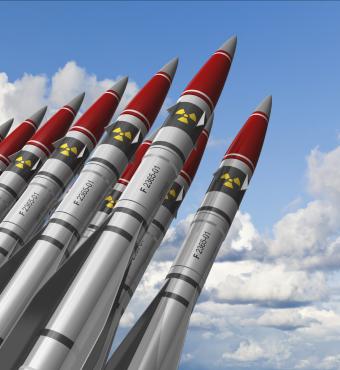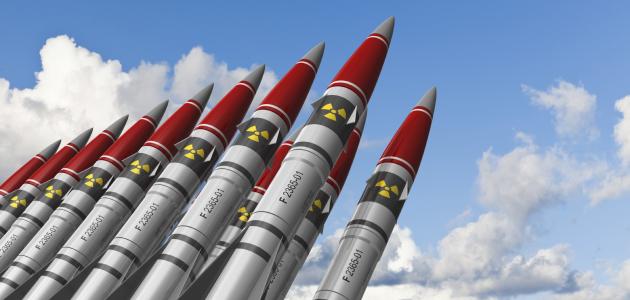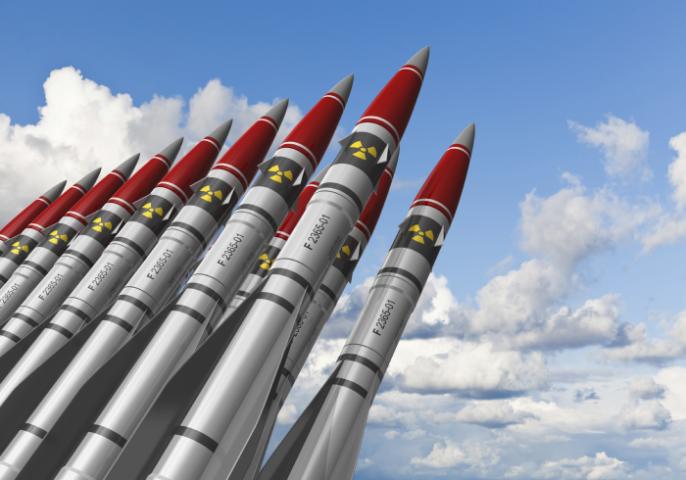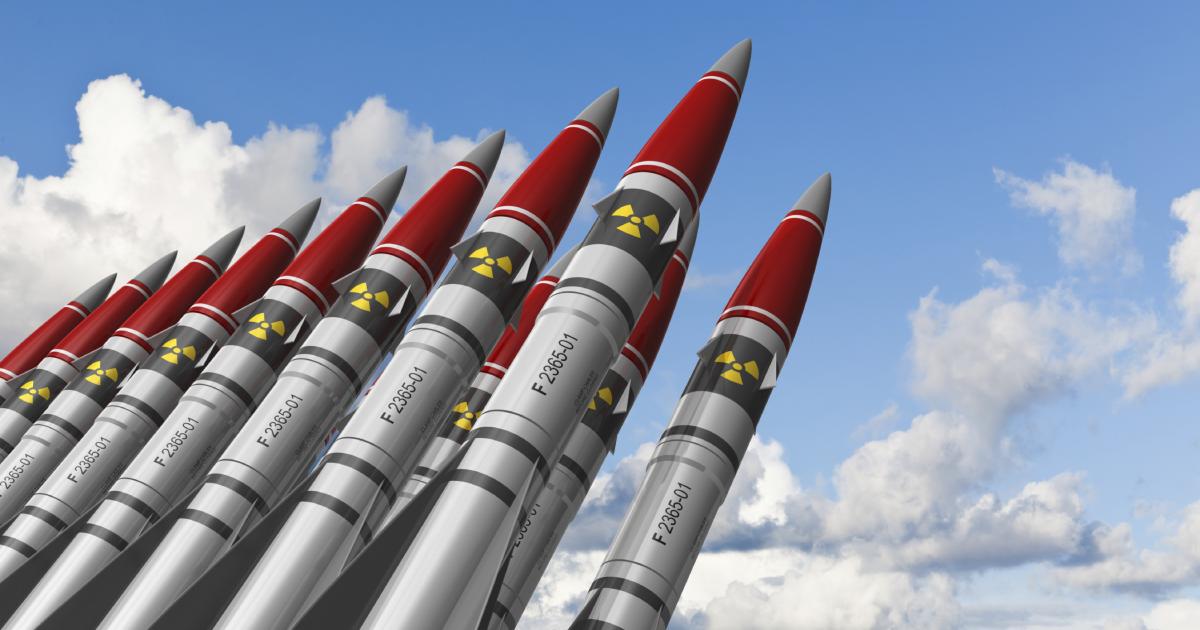The states party to the nuclear Nonproliferation Treaty (NPT) met in New York during the month of May to review how the treaty is working in this 70th anniversary year of the first atomic explosions. Their action, or inaction, at the conference’s end on May 22 spoke louder than all the words they exchanged during the previous three weeks: they failed to reach a consensus on anything, and no concluding report could be issued.
The United States, Russia, China, Britain, and France—the five recognized possessors of nuclear weapons under the NPT—stood together in insisting on a step-by-step approach to a world without nuclear weapons. Most other nations felt too little progress has been made. They want something more urgent. That divide is not healthy for the nuclear nonproliferation regime. It underscores the need for a new approach.
One reason why the current approach is not working is that the global context of nuclear deterrence has changed dramatically. A world of multiple centers of nuclear weapons capabilities is much more complex and dangerous than the world of an essentially bipolar mutual deterrence relationship that existed between the United States and Soviet Union during the Cold War.
The United States, Russia, and China, unless negotiations can prevent it, are going to be affected by an action-reaction dynamic in their nuclear relationships with each other. They will also be affected by interactions in three conflict regions where nuclear weapons have become a major factor: the Middle East, South Asia, and Northeast Asia.
That already is happening.
American forward-deployed ballistic missile defense systems in Northeast Asia, intended to reassure U.S. allies South Korea and Japan, who face a growing North Korean nuclear threat, are seen by China as a potential threat to its own deterrent. American missile defenses in Europe, intended to protect NATO allies from threats emanating from the Middle East, have been seized upon by Russia as a reason to make nuclear threats against Europe. A looming arms race between Pakistan and India will likely cause China to increase its nuclear arsenal.
The whole edifice of nuclear weapons constraints built up during the Cold War is in jeopardy. The United States, Russia, and China have nuclear weapons programs in place or planned that will give the others incentives to further build up their nuclear arms. China for the first time has begun deploying MIRVs, multiple independently targetable reentry vehicles, which will increase its weapons numbers and introduce instabilities into the relationships between the nuclear powers.
What can be done to rebuild confidence and momentum? First, a new mechanism is needed to negotiate or coordinate nuclear constraints. The NPT’s “haves and have-nots” arrangement has become more of a challenge to the have-nots than an assurance. That new mechanism could be a coalition of nations willing to commit to creating the conditions for a world without nuclear weapons and to taking steps in the here and now to move the world toward that goal. Using the model of the Nuclear Security Summits launched by President Obama in 2010, a new forum for nuclear constraints could be created under the supervision of the highest levels of governments.
Within this arrangement, the focus could remain on the nuclear “haves”—particularly the United States and Russia—to take early, concrete steps to reduce their nuclear arsenals while making clear that the nuclear reduction process has to involve more than just those countries.
The United States and Russia should renew their dialogue on reducing nuclear weapons below the levels called for by the New START Treaty. Some steps could be taken immediately as matters of national policy. These could include reducing the numbers of ICBMs on prompt launch status held by Russia and the United States. China could refrain from mating nuclear warheads with ICBMs as has been its practice in the past. In addition, each of the states that have announced separate moratoriums on nuclear weapons testing could join in issuing a common document that would place them all on a level playing field pending ratification by all of a Comprehensive Test Ban Treaty.
Other steps could be taken in short order, but these actions would improve the situation markedly. The next step could be agreement on a comprehensive work program that would identify specific measures to be put in place and in what order—not only by the recognized nuclear states but by all nations with significant nuclear programs.
Launching such a process will be difficult, particularly given the tense relations between the West and Moscow caused by Russia’s aggression against Ukraine. But the process needs to start. The United States and Russia—and China, Britain, and France as well—should consider that, unless they lead, the non-nuclear weapons states may well take their own direction.








